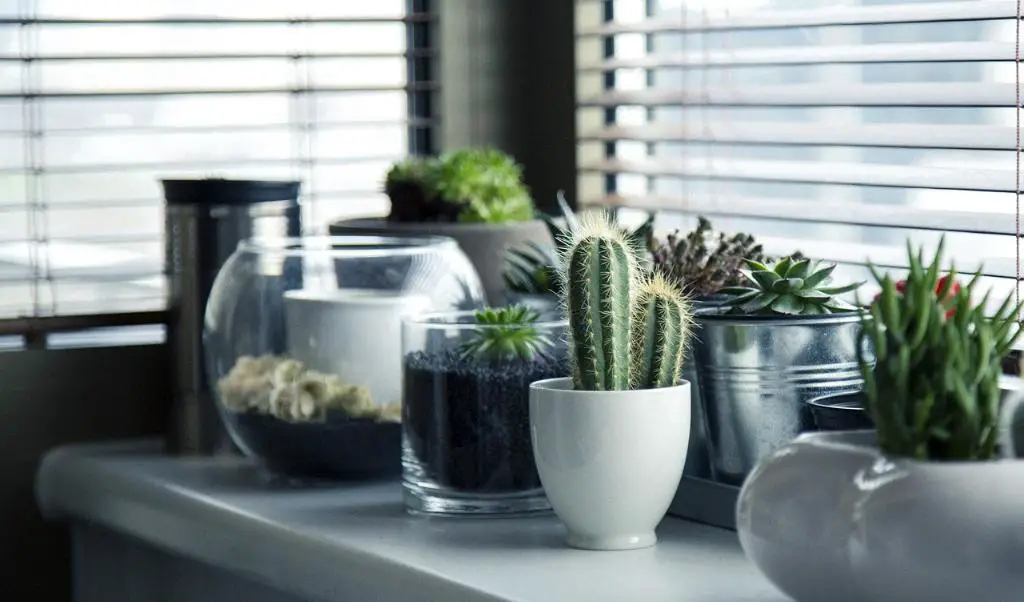When it comes to the practice of cutting the top off a cactus, it is crucial to understand the potential consequences that may arise from such an action. Cacti are unique plants that have evolved to survive in challenging environments by storing water in their stems and adapting to arid conditions. Therefore, altering their natural form can have significant repercussions on their overall health and well-being.
One of the most immediate effects of cutting the top off a cactus is the disruption of its growth pattern. Cacti grow slowly and are sensitive to changes in their environment. By removing the top portion of the plant, you are essentially stunting its growth and interfering with its natural development process. This can not only affect the aesthetics of the cactus but also its ability to thrive in its surroundings.
Furthermore, cutting the top off a cactus can leave it vulnerable to pests and diseases. The exposed area where the cut was made provides an entry point for pathogens that can infect the plant and compromise its overall health. In this way, what may seem like a simple act of pruning can have far-reaching consequences for the cactus’s well-being.
In addition to the risk of disease, cutting the top off a cactus can also disrupt its ability to photosynthesize effectively. Cacti rely on their green stems for energy production through photosynthesis. By removing a significant portion of the plant’s photosynthetic tissue, you are essentially depriving it of the means to generate the energy it needs to survive and grow.
Another critical aspect to consider when contemplating cutting the top off a cactus is the impact on its overall structural integrity. Cacti have evolved to grow in specific ways that allow them to withstand harsh environmental conditions, such as strong winds and intense sunlight. Altering their natural shape can compromise their ability to withstand these challenges, putting the plant at risk of physical damage.
Moreover, cutting the top off a cactus can also affect its ability to reproduce. Cacti produce flowers and seeds as part of their reproductive cycle, and altering their growth pattern can disrupt this process. The removal of the top portion of the plant can inhibit flower production and, consequently, the plant’s ability to reproduce and propagate.
Additionally, cutting the top off a cactus can have psychological effects on the plant owner. Cacti are prized for their unique shapes and forms, and altering their appearance through pruning can detract from the plant’s aesthetic appeal. This can be a source of disappointment for those who appreciate cacti for their natural beauty.
It is important to note that cutting the top off a cactus is a practice that is generally discouraged by horticultural experts. While there may be specific situations where pruning is necessary for the plant’s health or to control its growth, it is essential to approach this task with caution and a thorough understanding of the potential consequences.
In conclusion, cutting the top off a cactus can have a range of negative effects on the plant, including disrupting its growth pattern, leaving it vulnerable to pests and diseases, compromising its ability to photosynthesize, impacting its structural integrity, hindering its reproductive capabilities, and diminishing its aesthetic appeal. Therefore, it is crucial to exercise caution and think carefully before deciding to prune a cactus.

